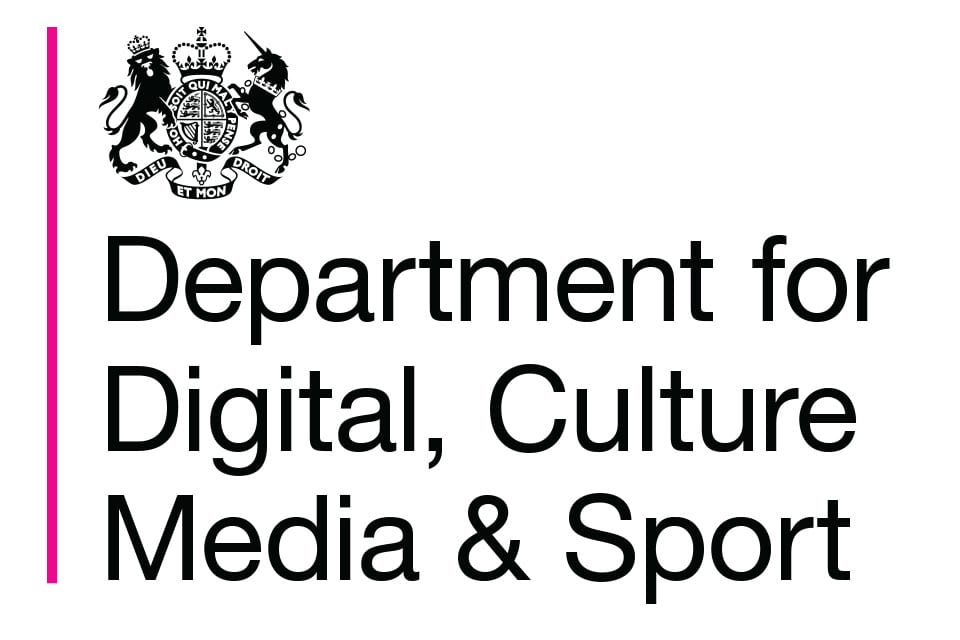– Terms of reference published for the digital radio and audio review
– Part of a commitment to ensure a sustainable, vibrant radio and audio sector for the UK in the long term
– Review will support decisions about the future of radio in light of rapid changes in radio and audio consumption particularly amongst young people
Media Minister John Whittingdale has announced the scope of the Digital Radio and Audio Review that will examine the issues facing radio in the next decade as the digital revolution continues at pace. Previously, radio’s future was seen in terms of a transition from analogue to digital broadcasting. But with the growth of smart speakers in homes and online audio platforms, the UK audio market is rapidly changing and there is no longer simply a binary choice between analogue and digital audio broadcast (DAB) platforms.
The digital radio and audio review will examine future trends and consider how radio should adapt to the growing challenges and opportunities from the latest audio technologies, as well as the impact of new consumer behaviours such as streaming.
Its terms of reference, as agreed with industry partners, focus on how to ensure radio remains fit for the future, assessing potential future listener trends and making recommendations to strengthen the UK radio audio industry and promote innovation.
John Whittingdale, Minister of State for Media and Data, said:
“Ever since Chelmsford in Essex became the birthplace of radio in 1920, radio has demonstrated its ability to adapt and compete with new technologies. I’m very pleased to bring together key partners so that we can collectively look ahead to ensure a vibrant and sustainable future for the UK’s cherished radio and audio sector.”
Will Harding, Chair of Digital Radio UK and Global’s Chief Strategy Officer, said:
“Global launched no less than 7 new digital stations last year and we are investing heavily in digital platforms through Global Player and DAX. We are delighted to have the opportunity to collaborate with Government and industry colleagues to help ensure the sector reaches its full potential in the digital age.”
Travis Baxter, Content and External Affairs Director, Bauer Media, said:
“Digital innovation is delivering great opportunities for the radio industry and digital listening continues to grow apace. Now is the time to ensure we work together to assess and understand the wider future landscape and harness the full potential of existing and new technologies for a vibrant UK radio and audio sector.”
Matthew Evans, Director, Markets, techUK, said:
“We are looking forward to working with Government and broadcasters, alongside other key stakeholders from the supply chain on this. We must address the challenges and explore the opportunities of the ever-diversifying audio delivery and devices landscape on behalf of our members.”
Radio remains a thriving media sector for audiences across the UK, adapting to the challenges and embracing the opportunities of digital and online listening. Listeners on average consume over 20 hours of radio a week and 87% of the adult (15+) population listen to live audio each week (Source: RAJAR Q4 2019).
But given the pace of change, the government and key industry organisations have come together to steer the review, including the BBC, Bauer Media, Global, Arqiva, Radiocentre, techUK and the Society of Motor Manufacturers and Traders amongst others. The review will be published in March 2021.
Notes to editors:
The Government has previously supported the need for a formal review of the progress on digital radio when:
○ the majority of all radio listening were on a digital platform: on DAB, TV or via the internet – (the “digital listening” criterion of 50% of all radio listening);
○ national and local DAB network coverage substantially matched equivalent analogue coverage for the BBC and for national and local commercial radio – (the “DAB coverage” criterion)
The listening criteria were reached in May 2018 and the Government announced its intention to launch a review in May 2019. Digital radio listening has subsequently risen to 58.5% of all radio listening. 95% of new cars have DAB digital radio installed as standard and 44.5% of all listening in cars is now digital (up from virtually nil in 2010).
[Source: CAP/SMMT Q4 2019 and RAJAR Q4 2019]
